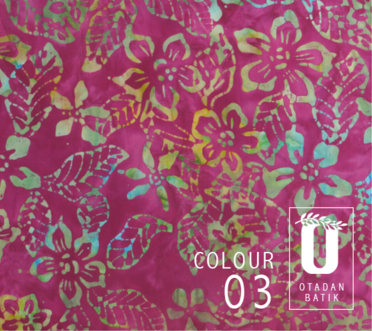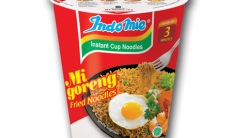Garment industry hunts for new plant sites in other Asian nations
Nation Multimedia, Thailand
To stay one step ahead of stiff international competition, Thai garment manufacturers are hedging their bets through foreign expansions, to take avantage of lower costs and market access India, China and Vietnam have a high potential to become sites for Thailand’s next offshore garment-manufacturing plants, following the uncertain outcome of the Thai-US free-trade agreement, reports Achara Pongvutitham
Thai garment manufacturers are conducting their own surveys to find potential places for new offshore plants. The plan is to strengthen their export competitiveness, whether or not bilateral free-trade talks with major trading partners prove successful.
The manufacturers have drawn up foreign business plans, because they are afraid major export rivals are rushing to conclude a free-trade agreement (FTA) with the US, Thailand’s biggest apparel importer. With an FTA, the export rivals will enjoy not only low import tariffs, but also favoured export conditions to access the US market.
Thai garment exporters hope caretaker Deputy Prime Minister Somkid Jatusripitak will gear up Thai-US free-trade talks during his visit with relevant US agencies in Washington and New York this week.
During a recent seminar, garment manufacturers shared the same views, saying the FTA was not necessary for them if their competitors had the same level playing field. However, with free-trade agreements, the export rivals would benefit from low import duties and be able to offer more attractive prices.
In addition, the Kingdom’s political uncertainty has delayed the Japan-Thailand Economic Partnership Agreement’s signing ceremony, despite its conclusion months ago. Thailand will lose export benefits, because Japan is one of its top five export markets.
At present, Thai garments exported to the US are subject to an average import tariff of 27 per cent. The FTA would bring the duty down to zero.
The industry employed about 1.2 million workers and generated US$3.16 billion (Bt119 billion) in foreign-exchange income last year.
For instance, the Nice Apparel Group, the biggest Thai-owned garment manufacturer, recently reported that India and China held a great potential for the company’s investment expansion in the next five years. The study also focused on Bangladesh, Cambodia, Indonesia, Malaysia, Burma, Pakistan, the Philippines, Sri Lanka and Vietnam.
Managing director Prasop Jirawatwong said the study focused on competitive manufacturing factors rather than relying on FTA benefits. The offshore expansion will strengthen the company’s export competitiveness in the long run.
The study named India as an important source of raw materials, particularly cotton, and possesses IT manpower and ports for facilitating shipments.
Meanwhile, China maintains a small gap in labour costs compared with Thailand. A survey conducted by a European research company reported that the estimated total cost per minute of labour in China is 0.40 euro (Bt29.25), while Thailand’s is 0.90 euro.
However, Prasop said the company had to consider other risk factors before making a decision for an investment plan.
The company spent Bt100 million to set up its first offshore plant in China, with a total of 600 employees. Production will focus on both expoMug rt and domestic markets.
Thai Garment Manufacturers’ Association (TGMA) president Dej Pathanasethpong said many Thai garment-makers were planning to expand their investment in neighbouring countries like Cambodia and Vietnam.
Vietnam, in particular, has skilled labour and facilities to support garment export. The Vietnamese governmen





